More of Interesting Things About The Air Traffic Control Only Few People Know
The job of an air traffic controller is one of the toughest jobs on this planet. The hours are not flexible with in-job breaks that require them to be awake as well as have fewer sleeping hours on work weeks. Still, these are the people that mostly keep the planes on their right track and also protect them from any possible disasters.

Last time we presented a few interesting things about the air traffic controllers and now we are back with some more amazing ones.
The Rattler; Series of Air Traffic Controllers Shifts

The FAA has devised a shit break time they have named as “Rattler”. This series of shifts is designed in a way to allow the air traffic controllers to have maximum time off but at the same time fulfill their duties at maximum capacity of 24/7. The Rattler has the following shifts.
- Swing Shift; from afternoon to midnight
- Swing Shift
- Day Shift
- Midnight Shift
When an air traffic controller ends their shift with the midnight shift and starts it with the Swing Shift, it allows for them to have lots of time free on the weekends. The fact as to why it is called Rattler is that those who work on this shift program, they complain that the work often doubles up and bites them.
Air Traffic Controllers do not take nap between their time outs

Back in 2011, air traffic controllers were under a lot of accusations that nearly half a dozen accidents occurred in a matter of few weeks and they were defending the fact by saying that they were not allowed to take naps on their breaks. The ATC Union recommended to FAA to allow the air traffic controllers to take naps because fatigue is the main issue for them. But the FAA, despite being aware that Germany and Japan allow such naps in breaks, stubbornly stayed true to its rules. Instead of allowing ATCs to take naps, they only increased the staff as well as extending the time in between the shifts.
Air Traffic Controllers are retired by FAA at age of 56 years old

If you are planning to choose the air traffic controller job as a possible career choice then be warn as this is a short-lived career. the thing is that the job is one of the most focus required ones on the planet that also comes with the massive responsibility of hundreds of thousands of lives. This is the reason most aviation authorities like FAA retire their air traffic controllers at the age of 56 years old.
The average annual salary for an Air Traffic Controller Is about $122,950

Despite the hours being not flexible enough and not having much breaks or naps in between their working hours, being an air traffic controller still pays really good money. The average pay of an air traffic controller in the USA is about 122950 dollars per year which calculates to 59.11 dollars per hour.
International Air Traffic Controllers are to be fluent in English

Due to UK and US becoming one of the major players in the aviation industry, the English language has become the most essential language in the business. The language criterion is so crucial that all of the air traffic controllers despite where they work in the world are to be fluent in English. Well, they don’t need to be all that fluent per se but must be proficient enough to deal with any sort of nonroutine emergency situations.
The very first of Air Traffic Controllers used the Flags, an Umbrella, and a Wheelbarrow
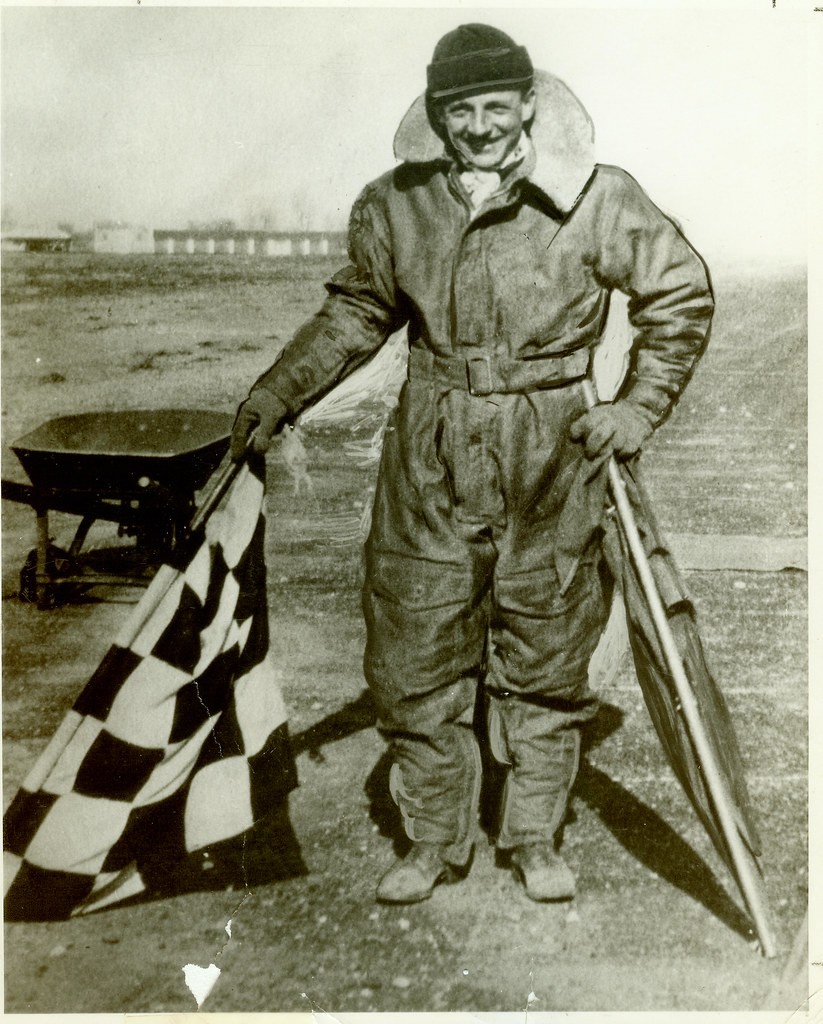
While the air traffic controllers of today have lots of equipment and systems at their disposal for doing their job, the very first air traffic controller known by the name Archie League did not have all these luxuries. He started being an air traffic controller back in 1929 and at that time he worked his job with help of nothing but three things; some flags for signals, an umbrella for protection from scorching sunlight and a wheelbarrow on which he often mounted the umbrella and carried his things mostly the flags and lunch.
ATCs are primarily responsible to keep an aircraft moving instead of preventing the crash
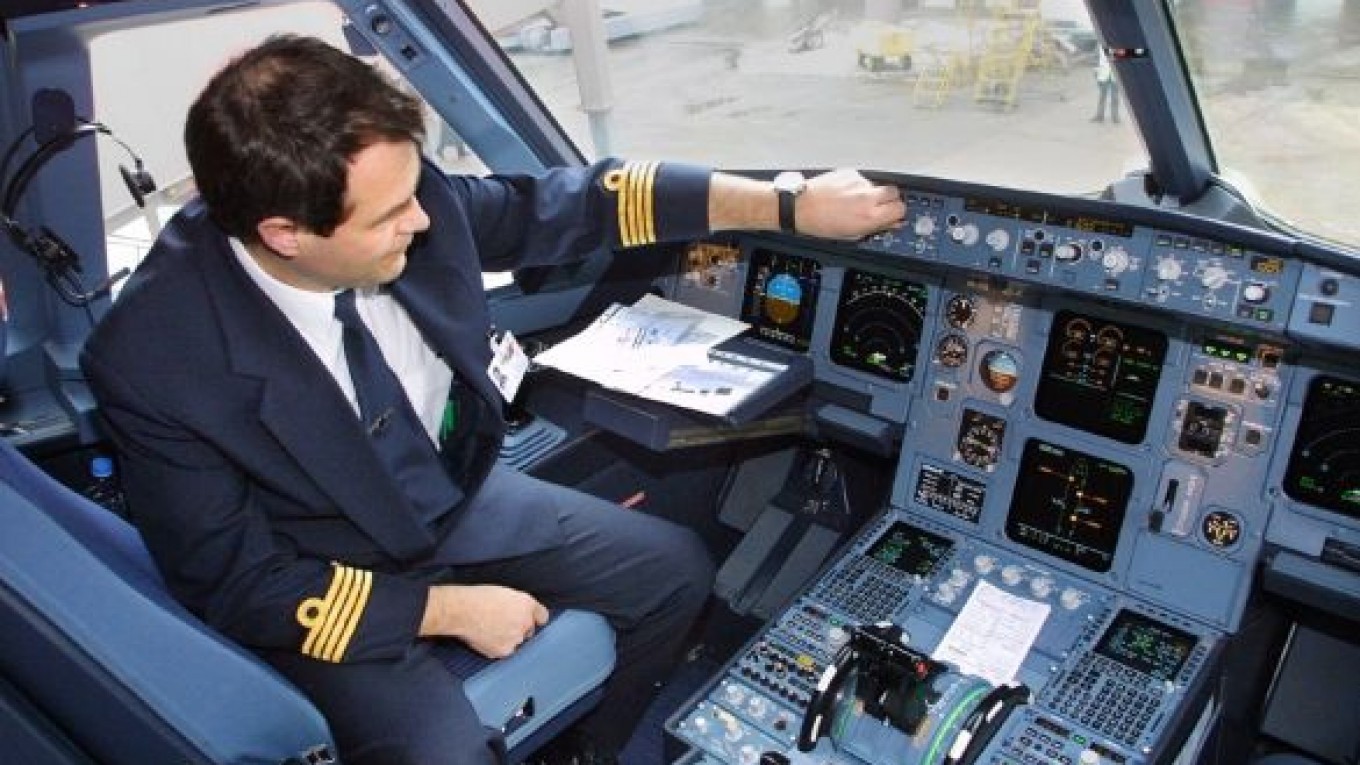
The popular belief about the work of an air traffic controller is that they prevent the aircraft from colliding with each other and letting the chaos ensue. The thing is these air traffic controllers are only one in the chain link of operations to keep the whole process smooth. The primary operators for the safety of the onboard passengers are the aircraft designers and the pilots who are flying them. As for the work of ATC, they are to keep the movement of the planes in and out of the airport smooth.
An Air Traffic Controllers takes on average sleep of Only 5.8 Hours a Night during a Workweek
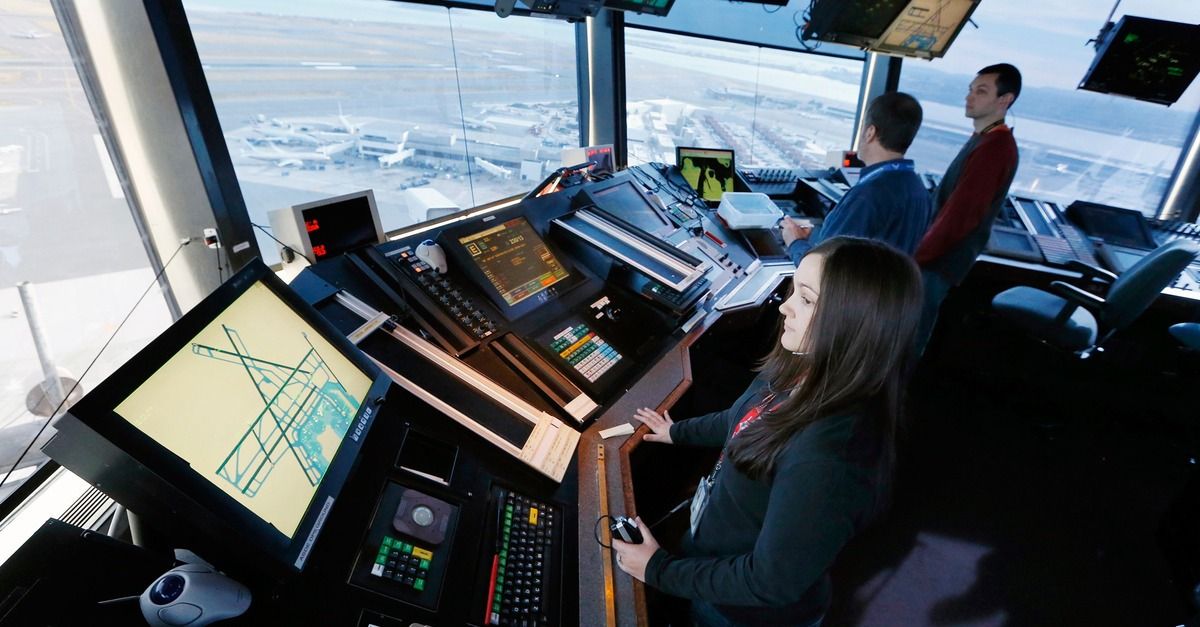
According to a study performed by NASA back in 2015, air traffic controllers suffer from Chronic Fatigue. The roans for this condition is that they are only able to sleep on average about 5.8 hours per night during the entire week and 3 hours of this sleep is prior to their shift time.
ATCs are different when compared to the Aircraft Marshallers

Many people confuse the people standing on the runways with paddles and flags who usher the planes on the runway as air traffic controllers. They are not the ATCs instead they are called Aircraft Marshallers. Their job is also an important one but it is totally different from the job of an ATC.
The World demand for the ATCs is about 40000 by 2030
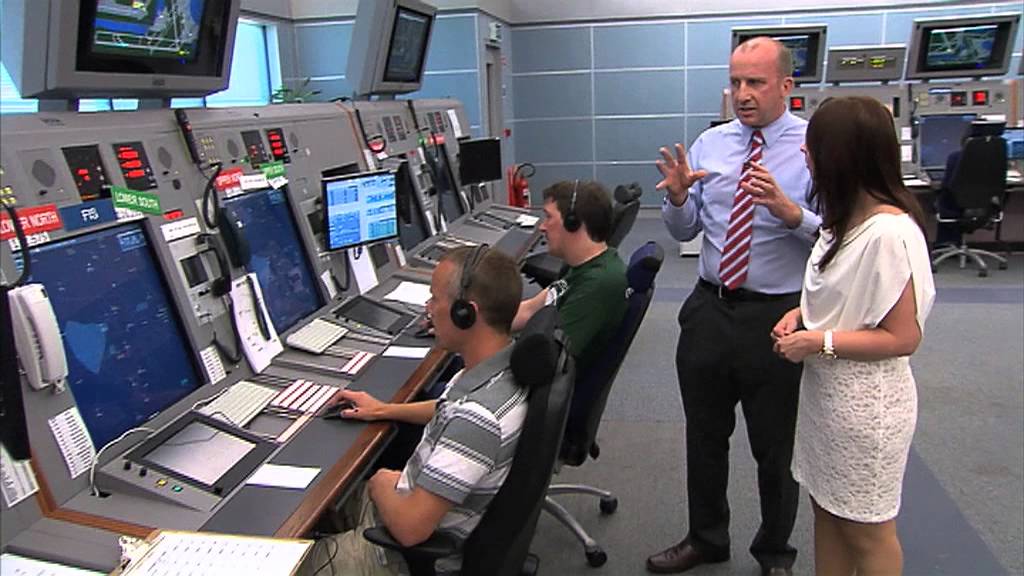
According to a report, nearly 900 billion dollars have been allocated for both the redeveloping and the development of the new airfields in the world. This means that is the coming decades nearly double the planes are going to be in skies as compared to today. With the increase of more airfields and more aircraft, there is going to be a need for a lot of air traffic controllers. Actually, the exact number of air traffic controllers needed in the coming decade is about 40000. These positions are to be filled by the end of 2030.
Related Content
Interesting Things About The Air Traffic Control Only Few People Know
How And Why Are Airlines Making their Passengers Miserable on Purpose
Share this content:

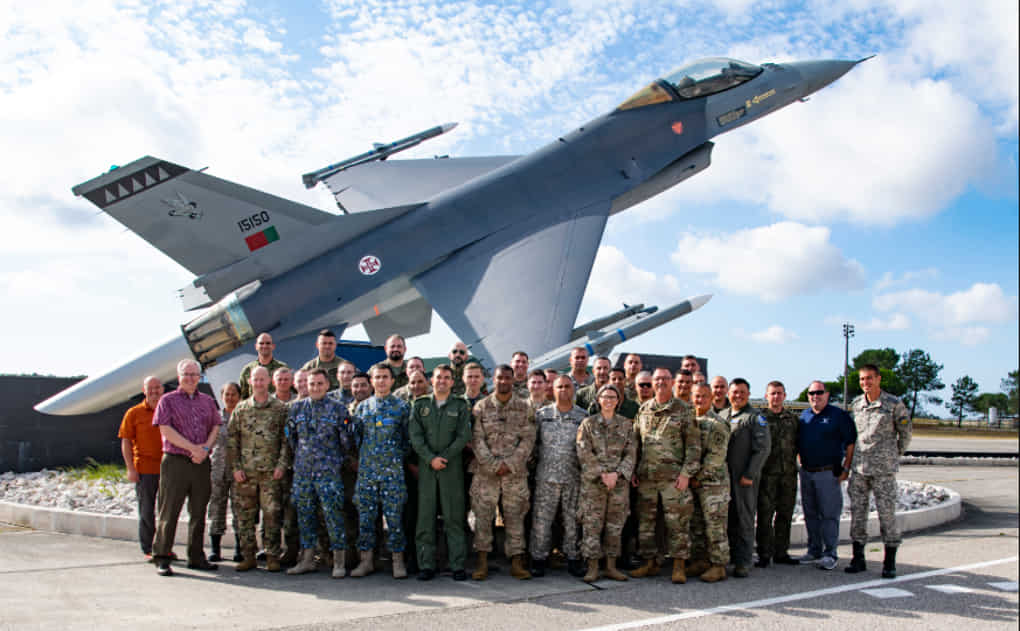

Post Comment